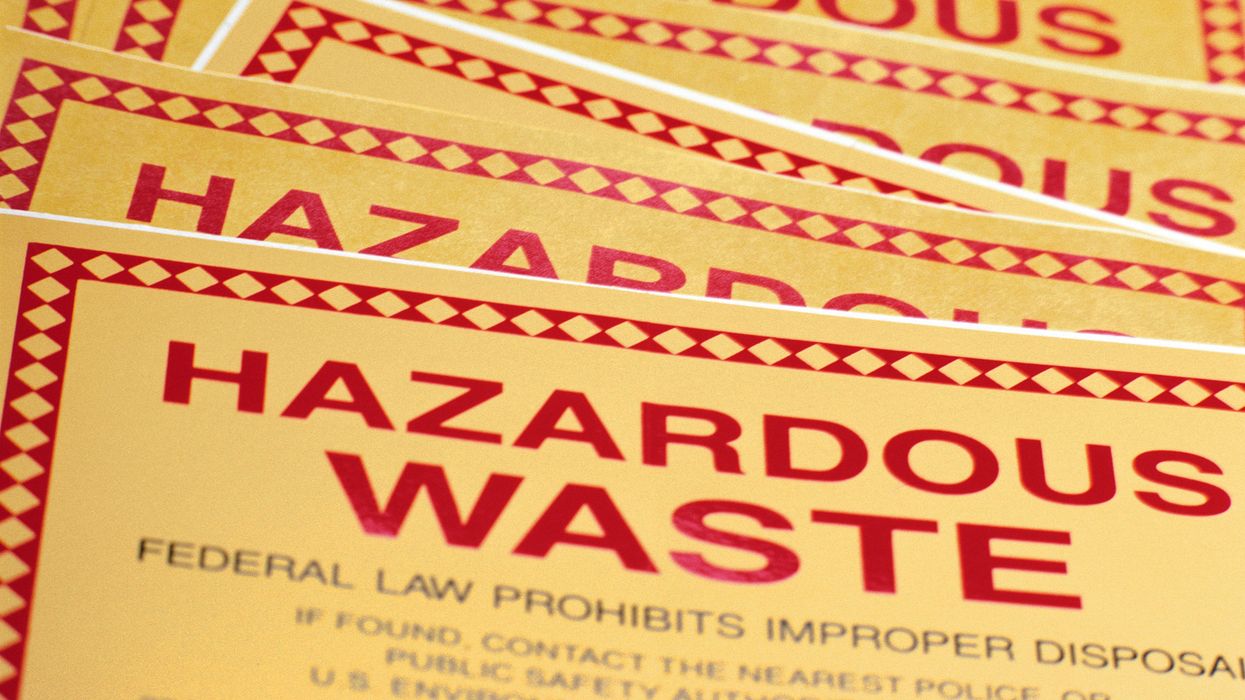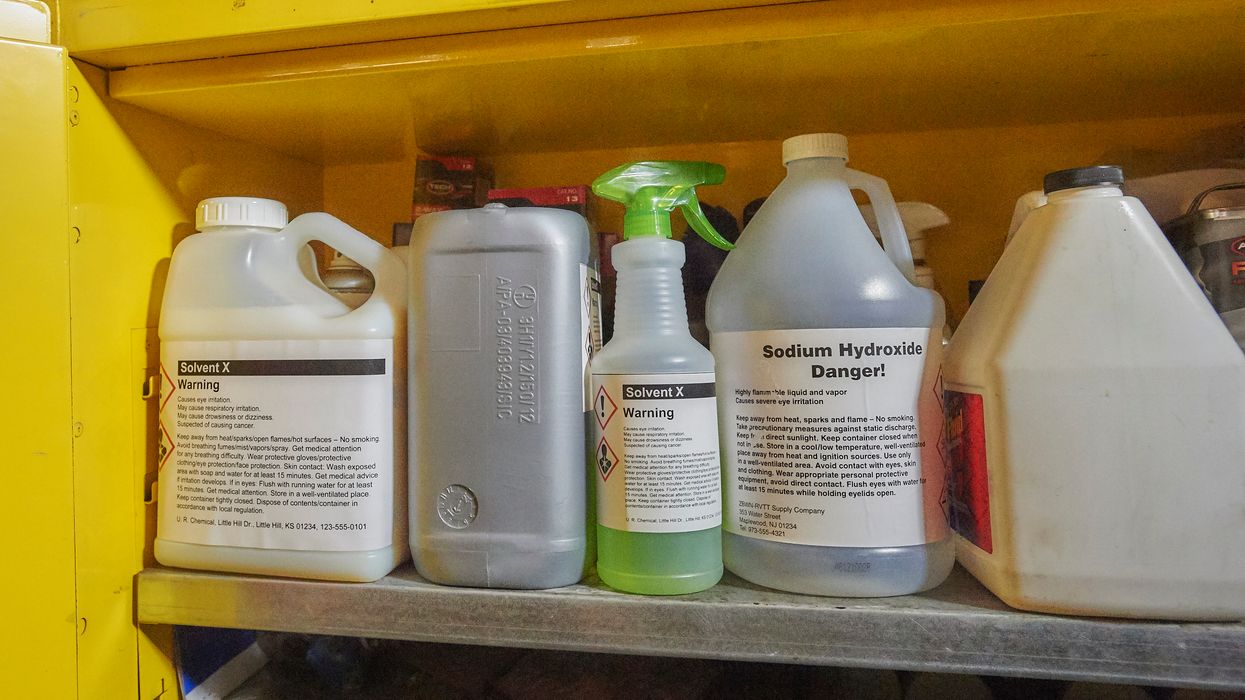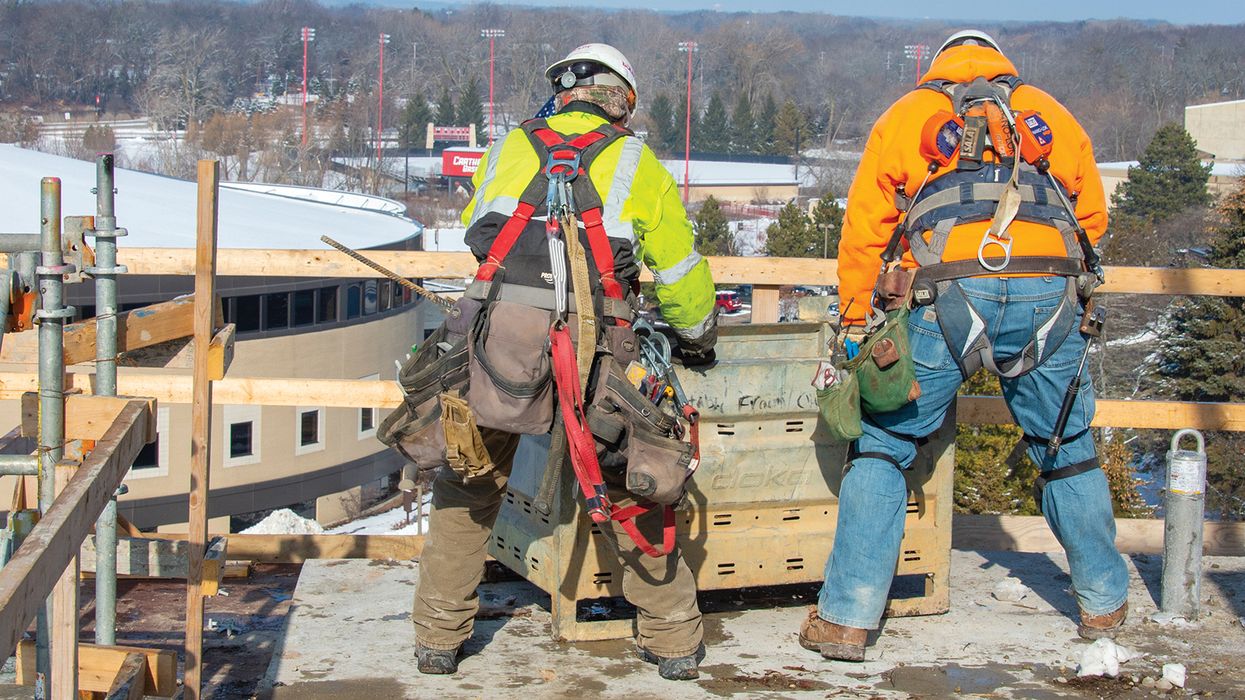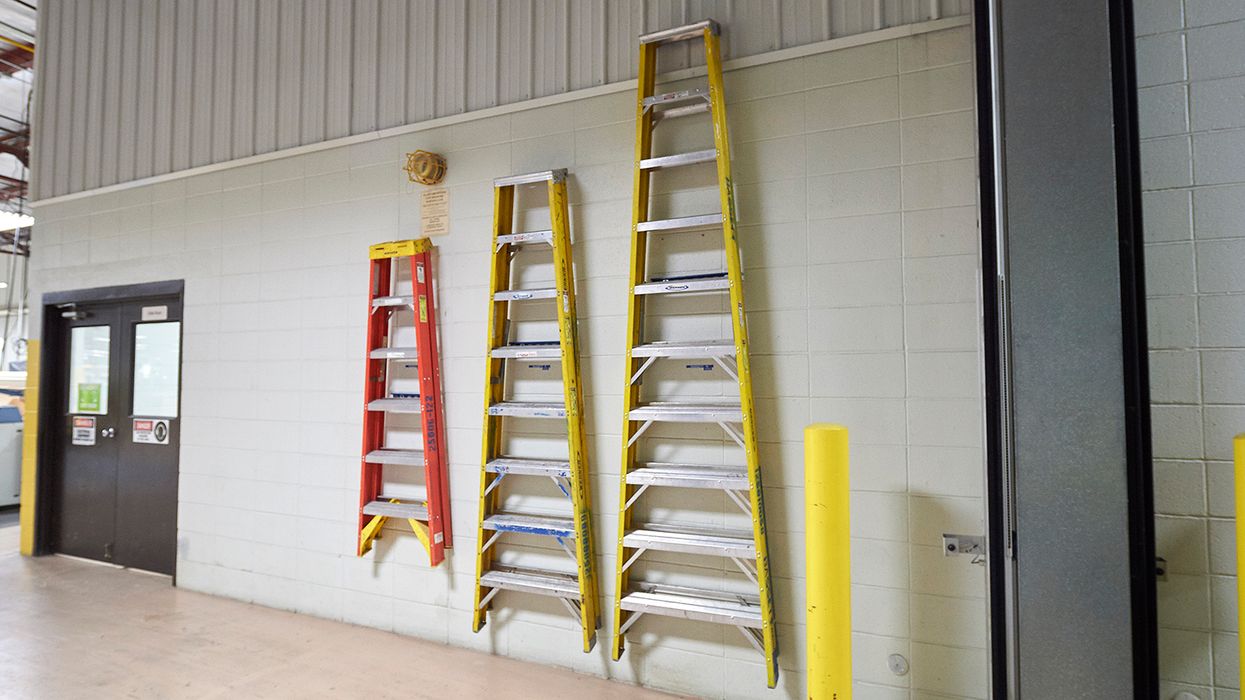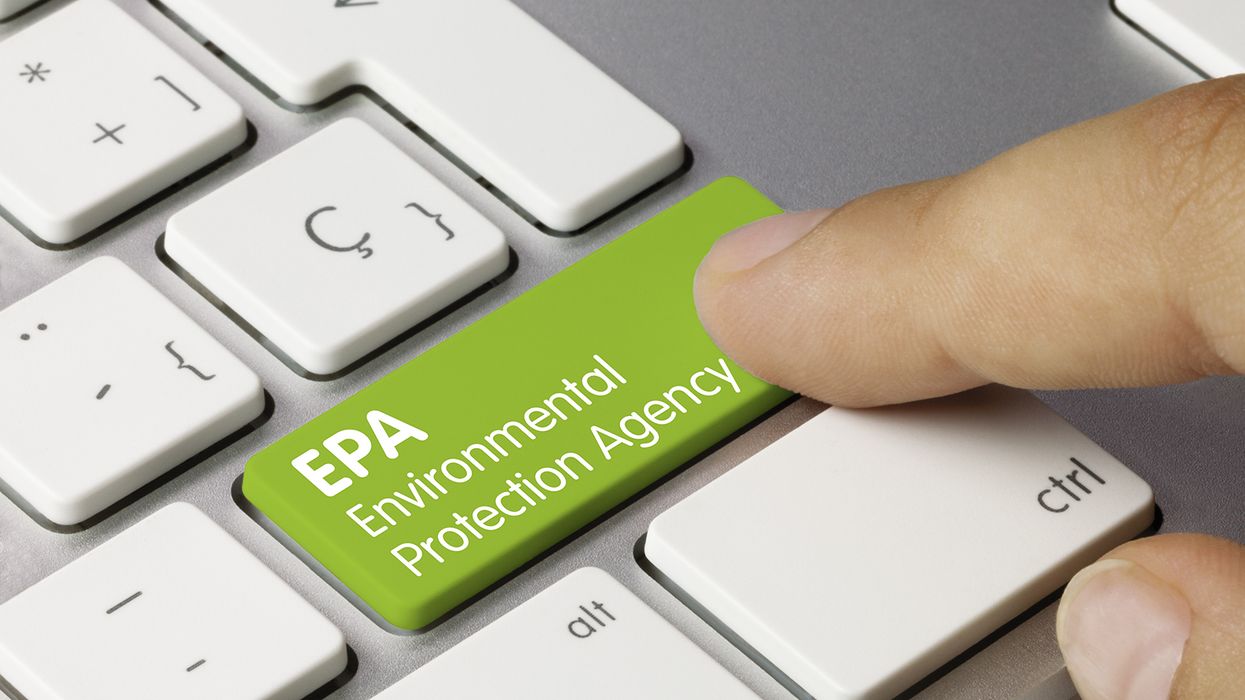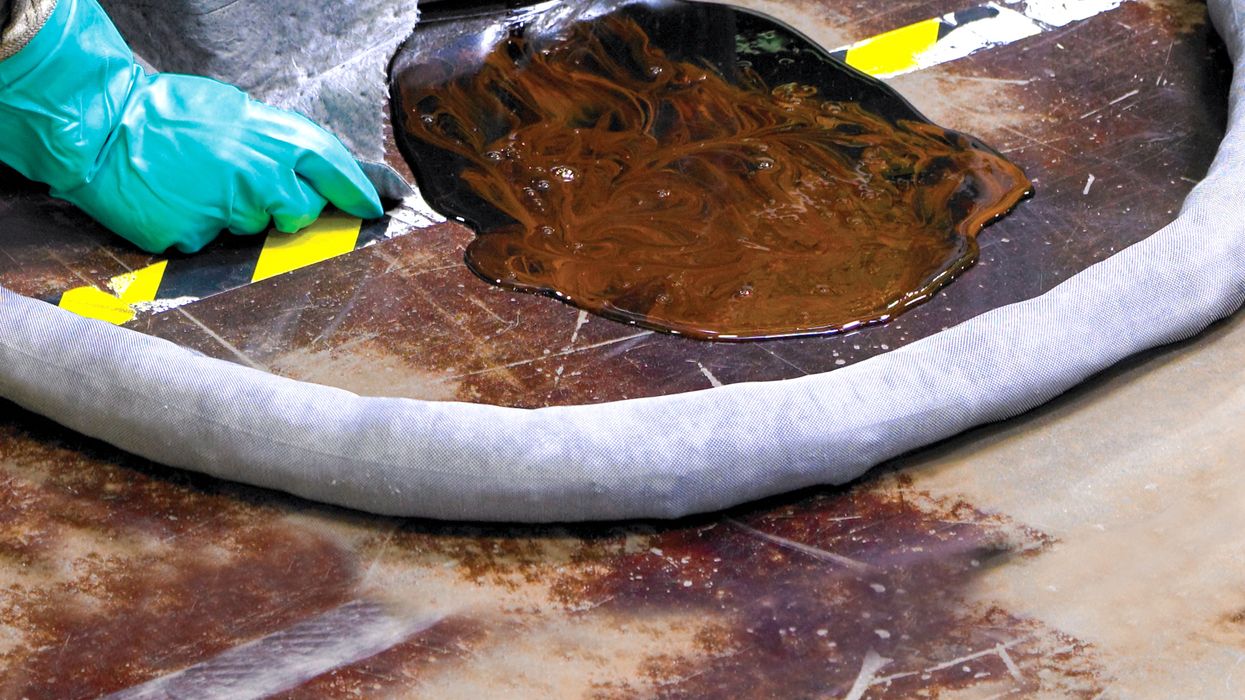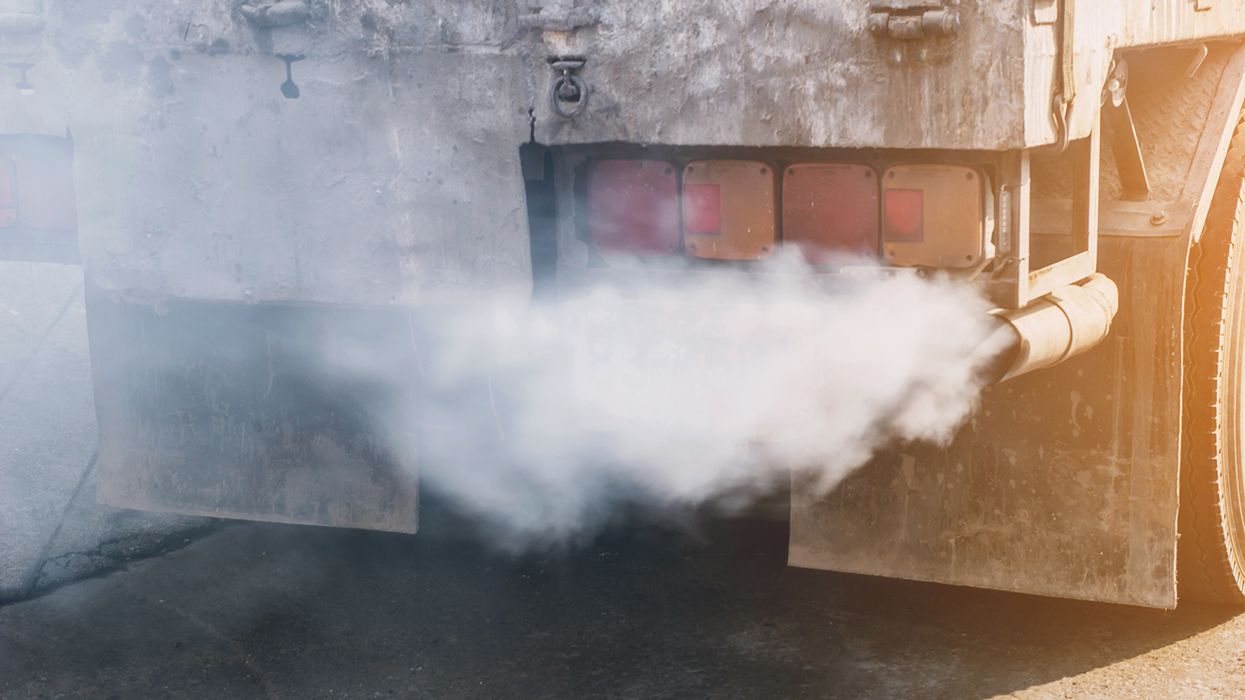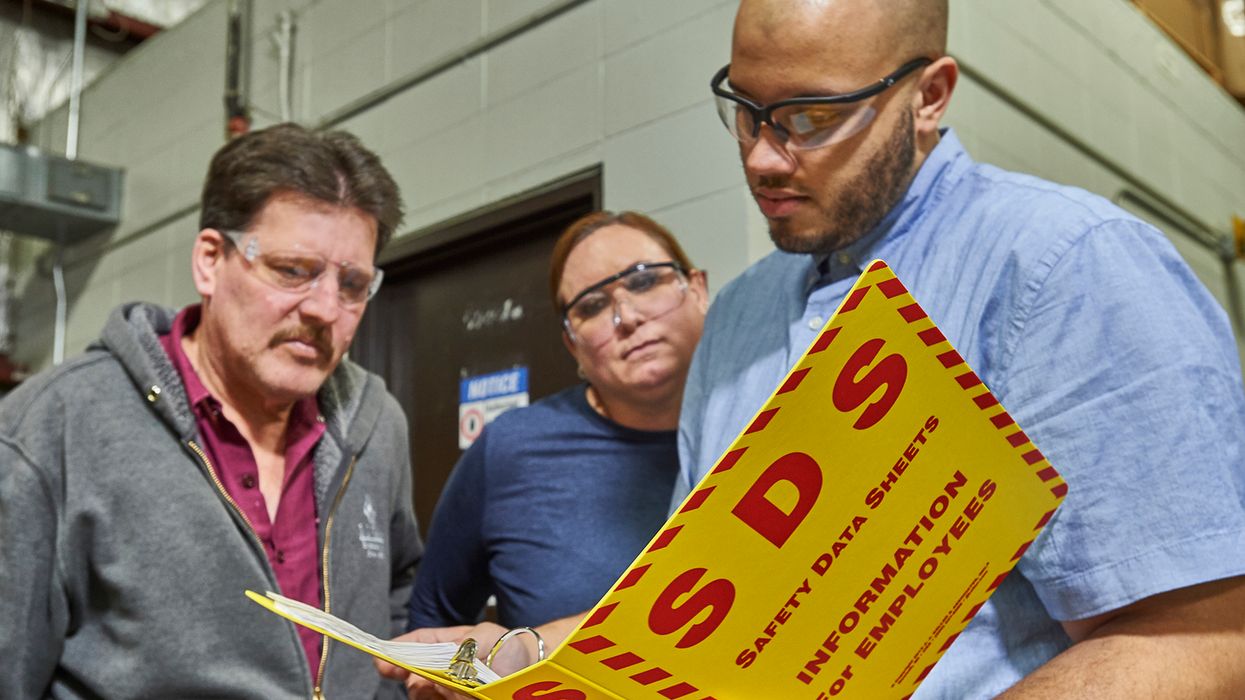Clock ticking for bilingual pesticide labels; EPA reveals tracking method and Q&As
A 2022 law requires that some sections of end-use pesticide product labeling be translated into Spanish. So, now the Environmental Protection Agency (EPA) has issued a notice requesting comments on how it wants to track the adoption of bilingual labeling. The agency also updated its Bilingual Labeling Questions & Answers webpage.
Spanish translations prompted by law
The Pesticide Registration Improvement Act (PRIA) has been enacted and reauthorized five times. The latest version (PRIA 5) was signed on December 29, 2022. It amended the Federal Insecticide, Fungicide, and Rodenticide Act (FIFRA) to require Spanish language translation for sections of the end-use pesticide product labels. However, those translations are only required where translation is available in EPA's Spanish Translation Guide for Pesticide Labeling.
Those sections deal with the health and safety of the product. Specifically, the guide has Spanish translations of the:
- “Keep out of reach of children” statement,
- Restricted use pesticide (RUP) statement for restricted use products,
- Misuse statements,
- Signal word,
- First aid section,
- Precautionary statements,
- Personal protective equipment section,
- Engineering controls,
- Environmental hazards,
- Physical or chemical hazards, and
- Storage and disposal statements.
Methods of communicating translations
When a registered pesticide product is released for shipment, PRIA 5 requires translations or a link to translations on the product container. Any link would be via scannable technology or other accessible methods. Antimicrobial pesticide products and non-agricultural/non-RUP products have yet another option. They may provide a link to the Spanish Safety Data Sheets instead of a link to label translations.
Deadlines for translations
PRIA 5 establishes a rolling schedule for the implementation of bilingual labeling. The schedule runs from December 2025 to 2030, with the translations for the most hazardous and toxic pesticide products required first. In fact, EPA is starting with RUPs and agricultural pesticides classified as acute toxicity category I. All end-use pesticide labels must have translations by 2030.
The dates when bilingual labeling is due are based on pesticide product type:
| Pesticide product type: | Bilingual labeling due: |
| RUPs | December 29, 2025 |
| Agricultural products (non-RUPs): | |
| Acute toxicity category I | December 29, 2025 |
| Acute toxicity category II | December 29, 2027 |
| Antimicrobial and non-agricultural products: | |
| Acute toxicity category I | December 29, 2026 |
| Acute toxicity category II | December 29, 2028 |
| All other pesticide products | December 29, 2030 |
EPA tracking required
PRIA 5 also requires EPA to develop, implement, and make publicly available a plan for keeping track of the adoption of bilingual labeling. The agency previously proposed and received comments on using the annual paper maintenance fee filing form to track adoption. It would have used a checkbox to indicate whether products included bilingual labeling.
However, EPA has scrapped that approach. It’s now proposing to track adoption through its electronic MyPeST app. In this case, registrants would electronically check a box next to each pesticide product indicating whether it includes the required bilingual labeling. MyPeST would display product information — such as product type and signal word — to help registrants determine their products’ compliance dates.
The agency also wants to add a checkbox to MyPeST to indicate that a pesticide product will not be released for shipment. This helps distinguish between noncompliance and nonapplicable circumstances.
For tracking purposes, registrants would not need to submit the labels to EPA.
EPA seeks comments
Comments on the proposed tracking method must be received on or before September 19, 2025. Send comments to docket ID EPA-HQ-OPP-2025-0049 at www.regulations.gov. Any comments are welcome, but EPA is particularly looking for examples of how it could reduce this tracking paperwork burden for businesses employing fewer than 25 workers.
The proposed method is anticipated to take 24 hours and cost just over $3,000 per covered entity per year. Entities potentially affected by the notice and comment request include:
- Pesticide importers,
- Pesticide manufacturers, and
- Government establishments responsible for agricultural pest/weed regulation.
Q&As available
EPA says it has also updated its Bilingual Labeling Questions & Answers webpage. Additional questions and answers touch on topics relating to, but not limited to:
- Enforcement,
- Supplemental distributor labels,
- QR codes and websites already on the label, and
- How to handle subsequent label changes.
This living document now has over 50 Q&As. It will be updated as PRIA 5 requirements and deadlines are met and new information is available.
Key to remember
EPA issued a notice requesting comments by September 19 on how it wants to track the adoption of bilingual labeling. Spanish language translation for sections of the end-use pesticide product labels has a rolling schedule from 2025 to 2030. The agency also updated its Bilingual Labeling Questions & Answers webpage.























